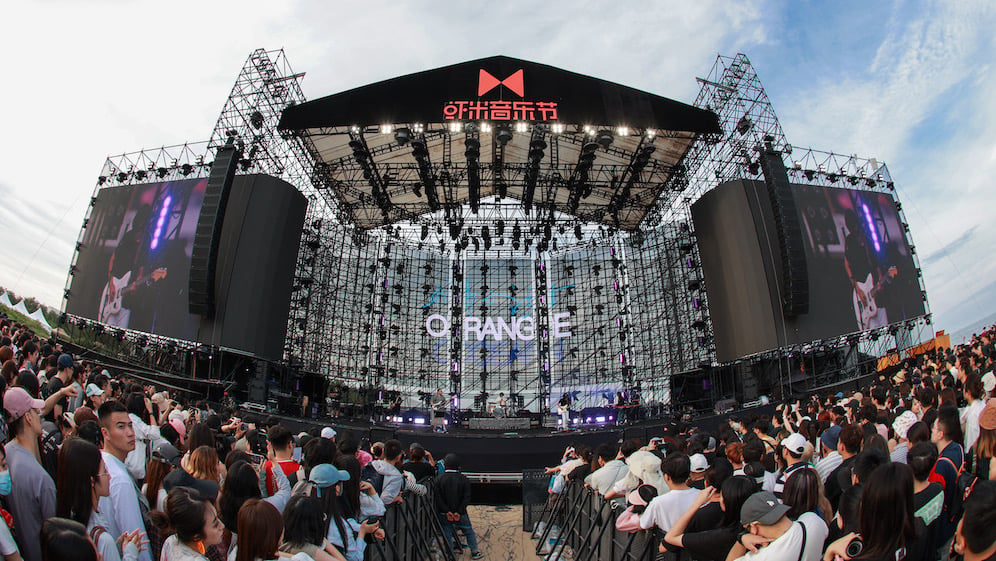China’s recent gaming sensation, Black Myth: Wukong, has been creating waves online since its release in August 2024. Based on the classic novel “Journey to the West,” the game quickly attracted fans both in China and abroad. As China’s first AAA game, the development team at Game Science Studio put significant effort into perfecting the narrative and crafting a stunning game environment.
While the gameplay has sparked some debate among players, it is widely acknowledged — even by non-players — that the game has exquisite aesthetics.

The buzz began with the release of the first trailer in 2021. Back then, some viewers pointed out that the game’s architecture seemed more Japanese than Chinese, particularly because of the details found in the roof, including Shachihoko (a sea monster in Japanese folklore). In response, the developers explained that China’s game industry had started relatively late, resulting in fewer authentic Chinese architectural references in the available asset libraries.
To address this, Game Science Studio’s art director, Yang Qi, embarked on a journey across China, visiting famous ancient architectural sites. His team scanned 36 locations across the country. Twenty-seven of them are from Shanxi province, filled with many ancient architectural sites like Mount Wutai (五台山) that have long been overlooked as a tourist destination. Some of them are well-known tourist destinations, such as the Dazu Rock Carvings (大足石刻) in Chongqing and Lingyin Temple (灵隐寺) in Hangzhou.
Following the game’s release, these real-life sites became popular tourist destinations. Recently, the demand for taxi-calling services has increased by 35% compared to 2023. These increased ride requests are all for culturally significant tourist destinations, particularly the Yuhuang (玉皇庙) and Qinglian Temples (青莲寺) in Shanxi province.

Shanxi’s Hi-speed Group’s stock even hit the daily limit soon after the game’s release. Tourism departments have also responded positively to the viral success of Black Myth: Wukong. They have been actively posting travel routes focused on ancient architecture on social media platforms like Douyin and Xiaohongshu, resulting in more than 200% increase in travel bookings according to Meituan.
Shanxi has been one of the most proactive destinations in this regard. This renewed interest in the province’s ancient buildings echoes a story from the 1930s when international scholars questioned whether China truly had a 5,000-year history.
In response, 20th-century Chinese architects Liang Qichao and Lin Huiyin traveled to Shanxi province. There, they discovered and meticulously dated numerous ancient structures — most notably the famous Pagoda of Fogong Temple (应县木塔) and Foguang Temple (佛光寺). Fast forward to today, and while Shanxi province is generally recognized as a treasure trove of ancient architecture, its cultural tourism potential has not fully flourished until this recent wave of interest.

The success of Black Myth: Wukong and growing interest in ancient Chinese architecture are both significant boosts of appreciation for the country’s culture. Many of these tourists come from major cities, eager to experience traditional Chinese architecture rather than urban environments they are more accustomed to. With the Mid-Autumn Festival and National Day holidays approaching, there is a lot of anticipation for even more visitors.
Banner image via Black Myth: Wukong.


































